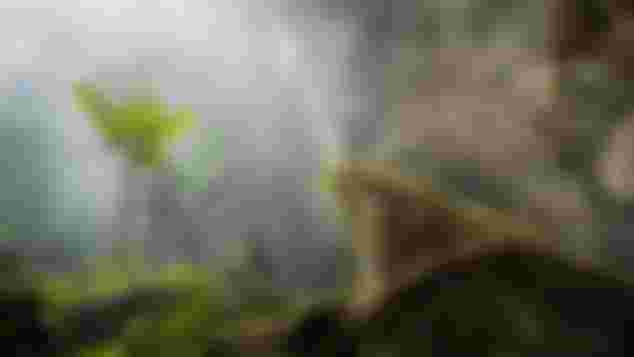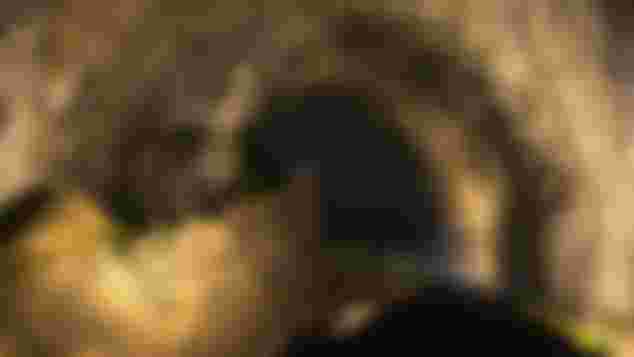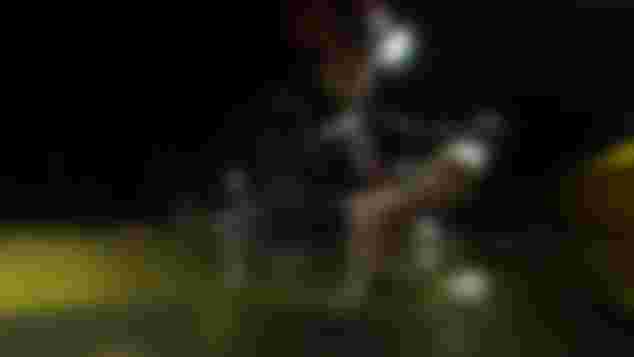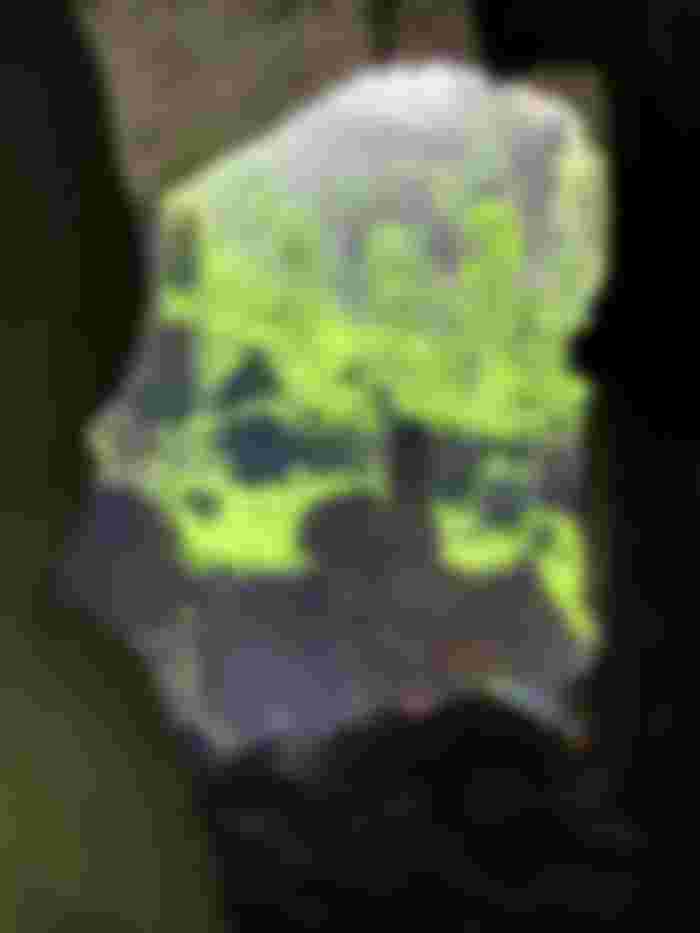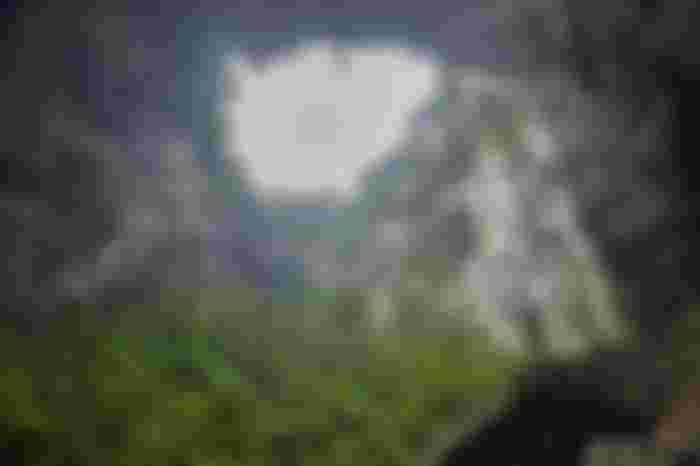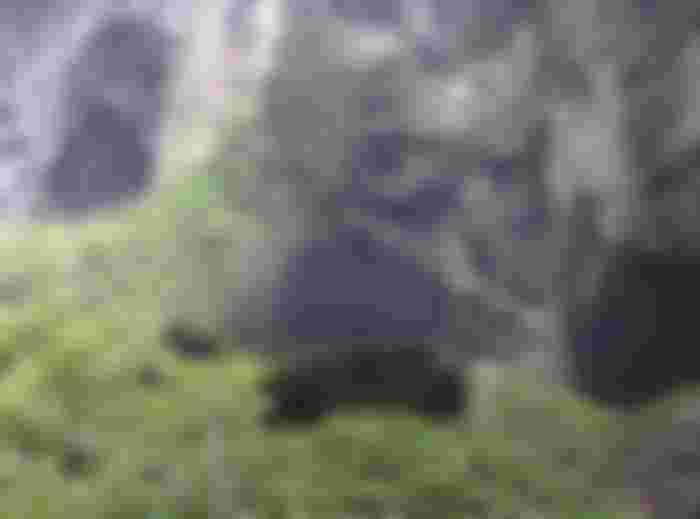Usually when we hear about caves, a ghostly scene emerges in our minds; Creepy environment; It was pitch dark surrounded by mud and rocks. It is said that in ancient times people lived in caves; Many archeological specimens have been found in modern times. Sometimes it is true that man has created artificial caves for his own needs, but most caves were given by nature. Many times natural disasters are creating new caves. Various natural caves are also found in the hilly areas of Bangladesh.

Many caves in the world have been lost over time. Many caves have been completely destroyed, and the entrance to many caves has been closed, making it a thing of the past. But people who love to explore are constantly trying to rediscover those lost caves.
Many ancient caves have been discovered in Vietnam in the last few decades. Of these, ‘Hang Son Dong’ (meaning mountain river cave) is recognized as the largest cave in the world. A recent search revealed that the cave was much larger than previously thought.
Last month, three adventurous British divers discovered another connected part of the cave. Its entrance is located in a forested field in Fong Nahke Bang National Park in the country's Qian Binh Province. This part of the cave was discovered by exploring the waterway. During the expedition the divers found a tunnel under the water. This tunnel connects Sun Dong Cave with another large cave called ‘Hang Thung’.

As a result, the total area of Sun Dong Cave stands at 38.5 million cubic meters. With the official declaration of Hong Thung Cave as part of Sun Dong Cave, its area has increased by 1.6 million cubic meters. Howard Limbert, a prominent cave expert and technical adviser to Oxalis Ventures, a Quan Binh-based tourism company, provided overall support to the divers. He said
The combination of the two forts has made Sun Dong so large that it would be easy to fit any cave in the world into it! Its size is incredibly large.

Discovery of new parts
Oxalis is the only licensed company in Sun Dong Fortress that can bring tourists there. The company invited three British divers - Jason Malinson, Rick Stanton and Chris Jewel - to explore the cave's newly discovered tunnel. These three experienced divers drew everyone's attention by participating in the rescue of children trapped in a cave collapse in Thailand. That's why Oxalis chooses them. Howard Limbert said in this regard,
These three divers showed remarkable skill in rescuing children trapped in caves in Thailand. That's why we invite them to Sun Dong. We congratulate them on their great efforts and success.
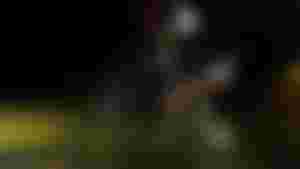
He added,
They promised to give us some great gifts through this campaign. That’s why we started working together. They discovered a part of Sun Dong that no one had ever been to before.
Howard Limbert said the Oxalis team already knew that the Thung Cave had a waterway connection with the Sun Dong Cave. They had already come to know this information through day-testing method. But this is the first expedition of any man to this underground river.
This time the divers were able to reach a depth of 6 meters in the tunnel. At this point the air (oxygen and nitrogen) runs out as they move further forward. That's why they came back from there. Limbert said,
When the divers reach a depth of 78 meters, they measure the depth of the tunnel vertically by tying a heavy zinc lump to the rope. They believe that the tunnel will be completed after crossing a total distance of 120 meters and an underground river about 1 km long will be found.

At the time of the expedition, the divers did not realize that the depth of the tunnel would be so great, as the depths of other caves in the area were comparatively less.
The divers plan to explore the cave again by April next year. April is the ideal time for the expedition, as the water level is relatively low and the clarity of the water is higher than other times. Limbart said about this.
I imagine, the campaign ahead will be even more incredible to us. Because, much of the world's largest castle is still unknown to us. This will make our understanding clearer.

He added,
Until 2009, no one set foot in the Sun Dong area. Now the situation is changing. The latest discovery tells us that much of the world is beyond our comprehension. This is truly a thrilling discovery.
The cave was first discovered
The Hang Son Dong Cave was first discovered by a local hunter in Vietnam. His name was Ho Khanah. He discovered this cave in 1990.
Once while hunting in the forest, Ho Khanh finds a hole in the ground. In that hole he felt the ear get, with deep air and river water echoing deep in it. But on his return from there, he lost the place. Since the place was covered in dense forest, he failed to rediscover the hole.

Ho Khanh then continued to work tirelessly for many years to rediscover the hole. He was finally able to rediscover the hole in 2009 and took members of the British Cave Research Association (BCRA), including Howard Limbert, there. Ho Khanh himself was one of the members of this organization at that time. They can understand from observation that Ho Khanh's conjecture is true and that large caves exist here.
The BCRA then conducted an operation there and determined the size of the cave. In 2010, they declared Sun Dong Cave as the largest cave in the world. The cave is made up of large pieces of limestone and multidimensional weather is observed inside it. Inside the cave there are two jungles and various species of plants and foliage. Limbert said,
So far, we have managed to find only 30 percent of the Fong Nah Ke Bang National Park. So many unknown mysteries still remain undiscovered to us.

In other words, we can't say for sure whether the largest cave in the world is bigger or not. But gradually those mysteries may become clearer to us. For now, our waiting period is until April next year. That wait may bring us some new surprises. For now, we have to wait for that.
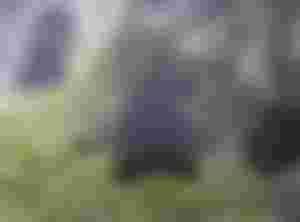
Incidentally, one can visit the Hang Son Dong Cave between January and August every year. It will cost ৯ 2,990 per person. However, more than 10 tourists do not have the opportunity to go there at once. In addition, more than 1,000 tourists a year cannot go there. Each group is accompanied by an alert and trained support team of 26 people, who provide assistance to the tourists in terms of food, medical care, safety, etc. This facility has been introduced since 2013. All of this is managed by Oxalis, the only licensed company.
Thanks to everyone for reading my article
